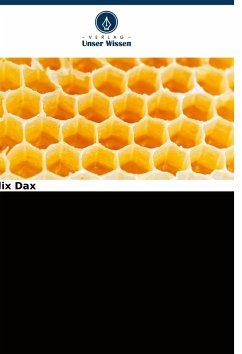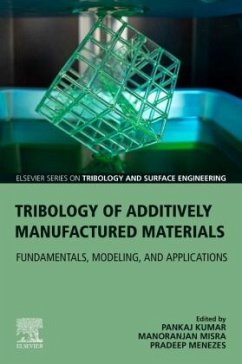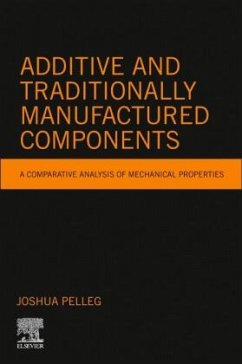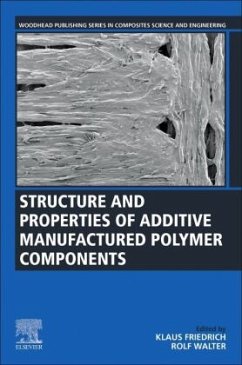
FEA of structures which enable additively manufactured shoe soles
comparison of the behavior of basic shapes under load
Versandkostenfrei!
Versandfertig in 6-10 Tagen
36,99 €
inkl. MwSt.

PAYBACK Punkte
18 °P sammeln!
The need for fitting footwear for everyone is evident, but not satisfyingly realizable with nowadays production methods injection and compression molding. The use of additive manufacturing - commonly referred to as three-dimensional printing - is the most promising way of overcoming the obstacles on the way to fitting footwear for everyone. One of the key steps to reach this goal is to enable flexibility and cushioning with the available materials for additive manufacturing. The use of lattice and porous geometries for the sole is the preferred way for the industry. Accordingly, this method wa...
The need for fitting footwear for everyone is evident, but not satisfyingly realizable with nowadays production methods injection and compression molding. The use of additive manufacturing - commonly referred to as three-dimensional printing - is the most promising way of overcoming the obstacles on the way to fitting footwear for everyone. One of the key steps to reach this goal is to enable flexibility and cushioning with the available materials for additive manufacturing. The use of lattice and porous geometries for the sole is the preferred way for the industry. Accordingly, this method was investigated in this book by simulating the behavior of different lattice and porous geometries under load, using finite element method analysis. The results were compared to high quality running shoes available on the market, using data from literature and a test bench experiment of one shoe. The most promising geometry, a porous geometry, was produced and tested under the same conditionsas the running shoe was.












